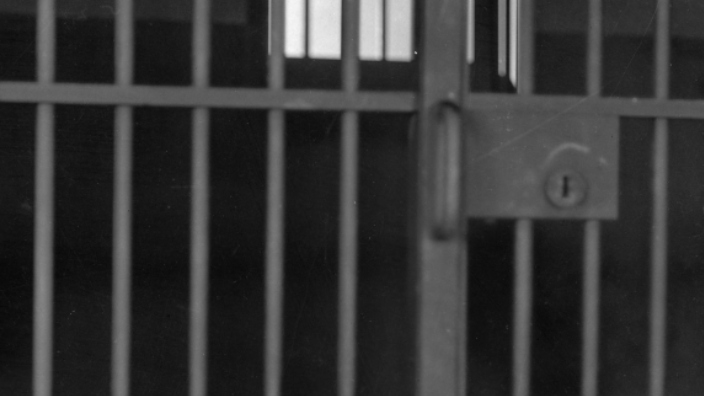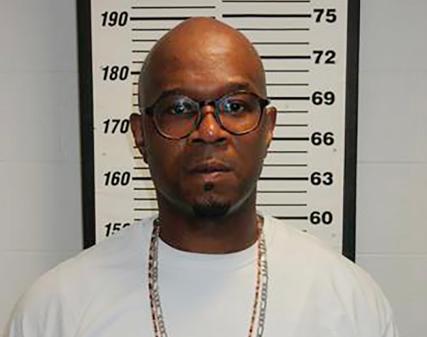Colonizers intended mostly Black people to land in solitary confinement, and that’s exactly what’s happened
America’s first penitentiary was established in Philadelphia in 1790, and it introduced the nation’s first solitary confinement cells.
America’s first penitentiary was established in Philadelphia in 1790, and this is where the nation’s first solitary confinement cells were introduced. The Walnut Street Prison opened a decade after the 1780 Abolition Act, which gradually emancipated enslaved people in Pennsylvania, according to The Philadelphia Inquirer.
The population within the prison was disproportionately Black until it closed in 1835. The same was true at the Eastern State Penitentiary, which opened in 1829 and was the first institution in Pennsylvania to hold all prisoners in solitary confinement.

Per The Inquirer, the Black population in Philadelphia’s city jails jumped from 50% to 95% between 1970 and 1974 during a period of mass incarceration. Today, Black people are still imprisoned at a higher rate than whites in Philly.
Incarcerating people came from Quaker ideals to serve as an alternative “to public humiliations and corporal punishment.” Yet, some historians view the pioneering prison as a direct reaction to the 1780 Abolition Act, which gradually ended slavery in Pennsylvania,” Samantha Melamed writes in “Inventing Solitary,” the latest installment in The Inquirer’s special A More Perfect Union series. This system would go on to be adopted by other cities, along with the formation of police departments, to combat and punish crime.
From the outset, Blacks were incarcerated at a disproportionate rate, paving the way for the centuries that follow, years “of American carceral expansion that evolved, explicitly or implicitly, to contain advances in Black freedom,” Melamed contends.
Once imprisoned, Black people are housed in solitary confinement at higher rates than whites, “making up 58% of those in Restricted Housing Units in Pennsylvania, but just 11% of the state’s overall population,” per the report.
“This disproportionality, this harsher sentencing, this projection of violence, all of that was there from the beginning,” Kali Nicole Gross, an Emory University historian and author of Colored Amazons: Crime, Violence and Black Women in the City of Brotherly Love, 1880-1910, said in The Inquirer story. “It made me question: If these biases are so deeply embedded in our nation’s founding, what chance do we have to change that today?”
Prison administrators across the country view solitary confinement as an environment that promotes repentance. As such, restrictive housing remains a disciplinary tool in prisons and jails nationwide. Millions of prisoners reportedly spend at least 22 hours a day in their cells.
The negative impacts of solitary confinement on the human brain and body have been well documented by researchers. They include paranoia, post-traumatic stress disorder, cognitive decline and “isolation panic,” per the report.
TheGrio is FREE on your TV via Apple TV, Amazon Fire, Roku and Android TV. Also, please download theGrio mobile apps today!


